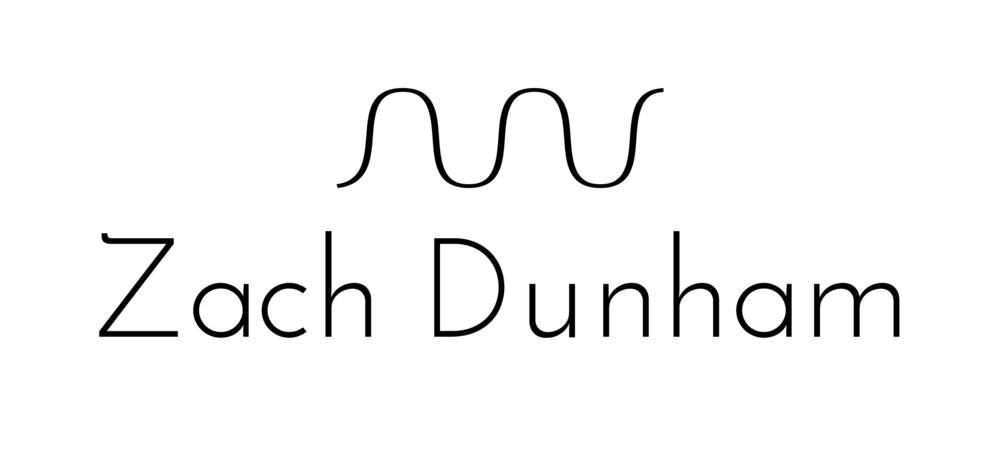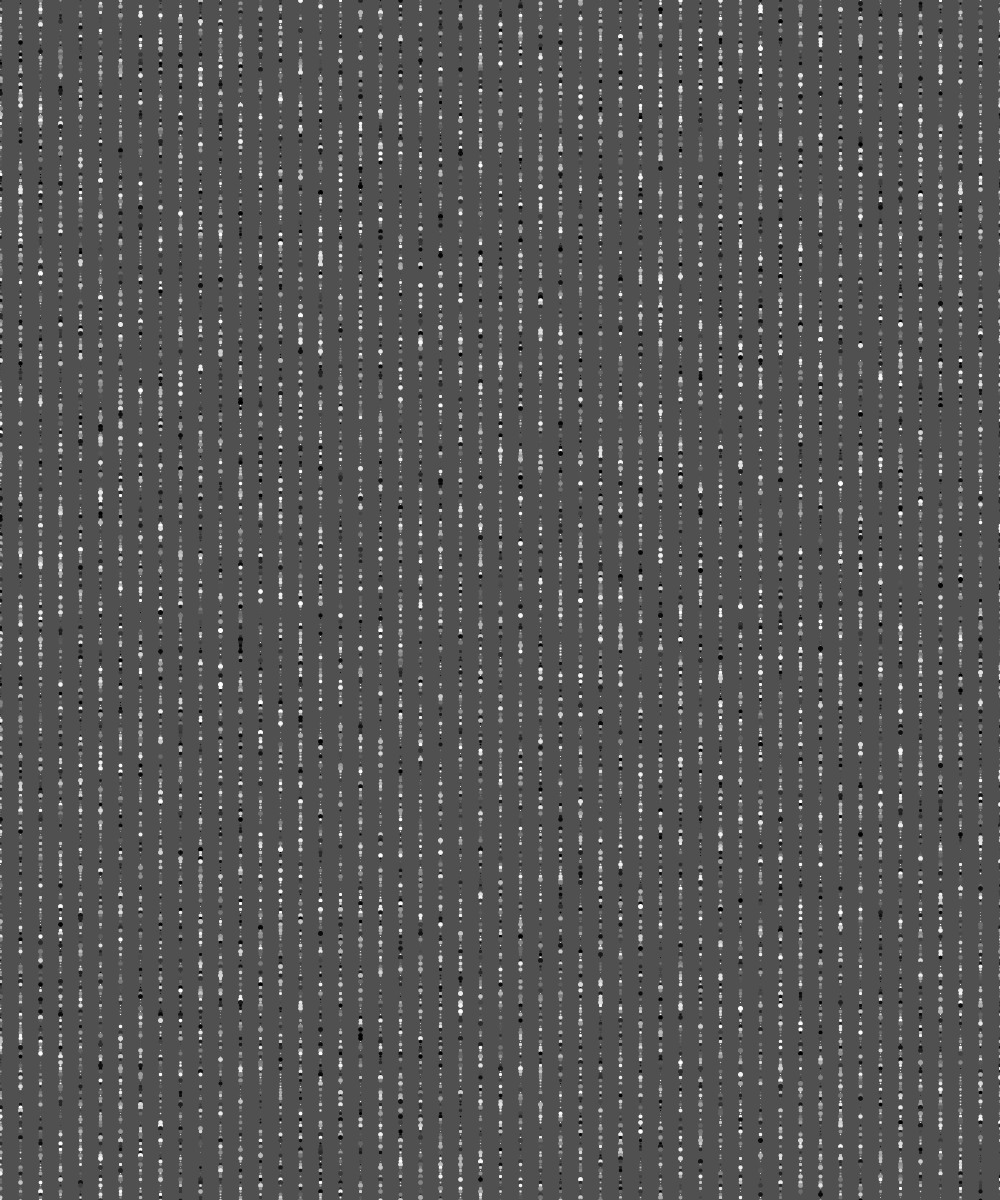We're open source on github. So, here's this too.
/*
A tuning routine for the Public Radio to test for station freqs, by Zach Dunham.
Averaging function from Tom Igoe at http://arduino.cc/en/Tutorial/Smoothing
www.thepublicrad.io
***steps***
connect A0 to tuning pot, center pin 2
connect grounds
connect radio pwr to 3.3V
run sketch, open serial monitor and tune until the appropriate station
appears in the serial monitor
*/
const int numReadings = 5; // number of readings, indices for the averaging array
float readings[numReadings]; // the readings from the analog input
int index = 0; // the index of the current reading
float total = 0; // the running total
float average = 0; // the average
int PotPin2 = A0; //input from the radio, wiper of the tune pot
float tune = 0.00; //variable for station id
void setup() {
for (int thisReading = 0; thisReading < numReadings; thisReading++)
readings[thisReading] = 0;
// initialize serial communication at 9600 bits per second:
Serial.begin(9600);
}
// the loop routine runs over and over again forever:
void loop() {
// read the input on analog pin 0:
tune = analogRead(PotPin2); //read the pot value
tune = constrain(tune, 0.0, 212.0); //constrain it's range
tune = mapfloat(tune, 0.0, 212.0, 86.33, 108.43); //map the potpin2 readings into the FM range with floats
tune = averagestation(tune); //smooth the readings with the average function
Serial.println(tune); // print the station
delay(100);
}
//maps from floating point number to floating point number
float mapfloat(float x, float in_min, float in_max, float out_min, float out_max)
{
return (x - in_min) * (out_max - out_min) / (in_max - in_min) + out_min;
}
//taken from the great, Tom Igoe!
//this averages the readings to help smooth data in the serial monitor
float averagestation(float tune){
// subtract the last reading:
total= total - readings[index];
// read from the sensor:
readings[index] = tune;
// add the reading to the total:
total= total + readings[index];
// advance to the next position in the array:
index = index + 1;
// if we're at the end of the array...
if (index >= numReadings)
// ...wrap around to the beginning:
index = 0;
// calculate the average:
average = total / numReadings;
// send it to the computer as ASCII digits
return (average);
delay(1); // delay in between reads for stability
}



























































